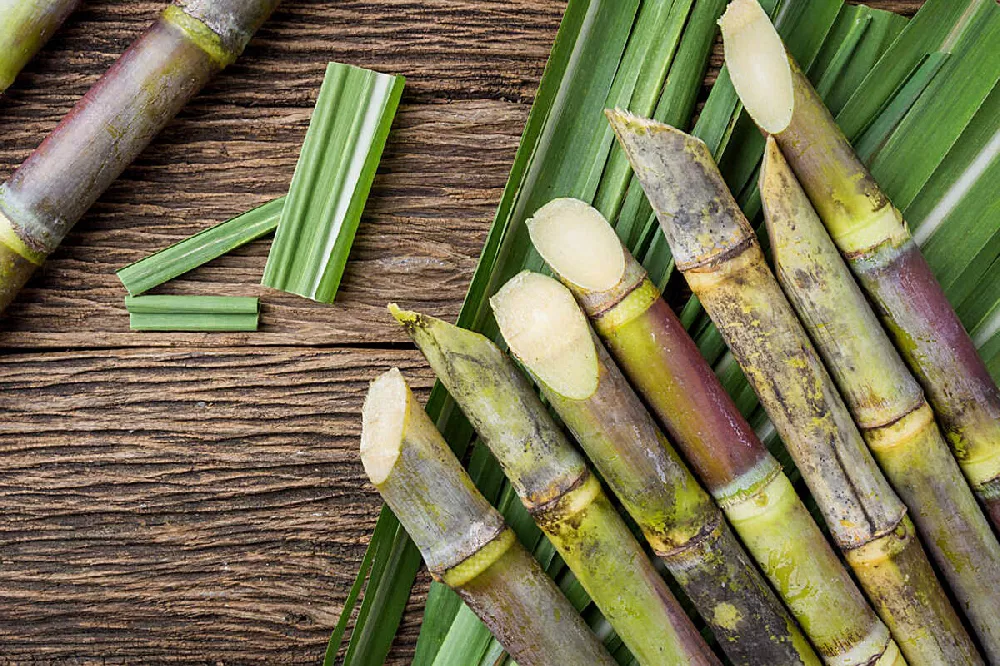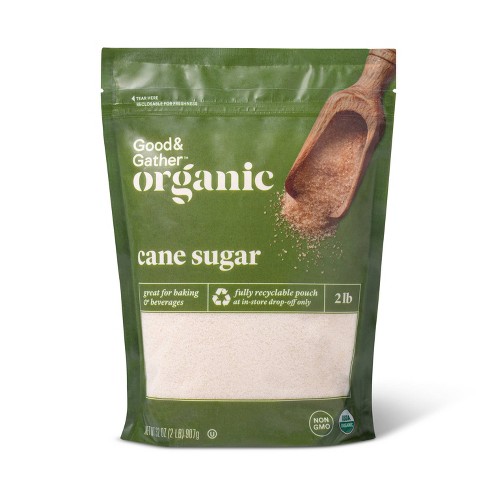Cane Sugar Processing: Cutting-edge Techniques for Top Quality Production
Cane Sugar Processing: Cutting-edge Techniques for Top Quality Production
Blog Article
Recognizing the Vital Methods and Technologies Utilized in Modern Walking Cane Sugar Processing
The advancement of walking cane sugar processing has actually been significantly shaped by the combination of advanced methods and technologies that address both effectiveness and sustainability. Enzyme-assisted removal and sophisticated refining methods have actually transformed yield optimization, while automation facilitates functional reliability. Additionally, the focus on sustainable methods mirrors an expanding awareness of environmental influence. As we check out these vital innovations, it ends up being vital to analyze exactly how they not just improve production however likewise line up with wider market trends and consumer demands, questioning regarding the future of sugar processing and its effects for global markets.
Historic Context of Walking Cane Sugar Processing
The historic context of walking cane sugar processing discloses a rich tapestry of farming innovation and cultural exchange that has shaped its advancement over centuries. Stemming in Southeast Asia, sugarcane was grown as early as 8000 BCE - Cane Sugar Processing. The process of extracting and fine-tuning sugar obtained momentum in India, where techniques for crystallization were developed around the 6th century. This knowledge passed through to the Center East, and by the 12th century, sugar became a valued asset in Europe, causing the facility of sugar vineyards in the Mediterranean.

Advanced Extraction Methods
Effectiveness in cane sugar removal has actually seen substantial developments, driven by the demand for greater yields and lower production costs. This method not just increases sugar yield yet additionally reduces the energy required for processing.
Furthermore, the fostering of membrane purification technologies, such as nanofiltration and reverse osmosis, has actually changed the separation of sugar from impurities. These methods enable the selective permeation of sugar molecules while preserving bigger impurities, improving the extraction process and reducing waste.
Moreover, the integration of constant extraction systems has resulted in improved operational effectiveness. Cane Sugar Processing. These systems preserve a continuous flow of cane product, guaranteeing optimal extraction conditions and lowering downtime connected with batch processing
Innovative Refining Technologies
Refining strategies in cane sugar handling have undergone a transformative change, driven by the demand for greater purity and boosted product high quality. Among one of the most notable innovations is the fostering of membrane filtering modern technologies, such as ultrafiltration and nanofiltration. These processes effectively eliminate contaminations and colorants without the requirement for comprehensive chemical therapies, thus maintaining the sugar's all-natural flavor and boosting its appeal.
An additional considerable improvement is using ion exchange materials, which enable selective removal of undesirable ions from sugar services. This modern technology not only raises the total pureness of the end product however additionally adds to minimized waste and ecological impact.
In addition, improvements in adsorption techniques, using triggered carbon and various other sophisticated products, have actually confirmed effective in decolorizing sugar options while keeping optimum quality. The integration of these ingenious refining modern technologies ensures that makers can generate refined sugar with exceptional clearness and preference, satisfying the progressing choices of consumers.
Automation and Control Solution
Recent advancements in refining innovations have actually led the method for considerable renovations in automation and control systems within walking cane sugar handling facilities. These systems utilize advanced software application check my source and hardware to boost functional performance, lower human mistake, and make certain regular item top quality.
Modern automation integrates different elements, including sensors, actuators, and programmable logic controllers (PLCs), allowing real-time tracking and control of essential procedures. As an example, pressure, temperature level, and circulation prices can be precisely regulated throughout removal, information, and crystallization stages, maximizing performance and reducing waste.
Additionally, advanced information analytics and artificial intelligence algorithms play a pivotal duty in predictive maintenance, allowing drivers to anticipate equipment failings prior to they take place. This proactive strategy not just reduces downtime but additionally prolongs the life-span of machinery.
On top of that, automation promotes the application of Sector 4.0 principles, empowering sugar mills to accomplish greater connection and data exchange throughout processes. Consequently, decision-making ends up being even more informed and dexterous, inevitably improving the overall competition of cane sugar manufacturing. With these developments, the sector is well-positioned to satisfy expanding worldwide needs while maintaining functional quality.
Sustainability Practices in Sugar Production
Sustainability techniques in sugar production have actually come to be increasingly essential as the market looks for to balance economic practicality with environmental responsibility. As consumer recognition grows relating to the ecological effects of farming techniques, sugar producers are embracing innovative techniques to decrease their environmental impact.
One substantial approach is the application of accuracy farming strategies, which utilize data analytics to enhance resource usage, such as water and plant foods. This minimizes waste and minimizes the effect on regional ecosystems. Additionally, lots of manufacturers are transitioning to renewable resource resources, such as biomass from sugarcane byproducts, to power their operations, thus reducing reliance on fossil gas.
Water monitoring techniques are additionally vital; rain harvesting and reliable watering systems aid minimize water deficiency concerns. Cane Sugar Processing. In addition, incorporated pest administration approaches lower chemical use, advertising biodiversity and dirt health and wellness
Business social obligation campaigns are arising, with business spending in regional communities and guaranteeing fair labor techniques. By welcoming these sustainability practices, the sugar industry not just boosts its track record yet likewise adds to a more sustainable farming landscape, leading the means for future generations.

Verdict
In summary, modern cane sugar processing integrates a variety of sophisticated strategies and technologies that considerably improve performance, return, and sustainability. The adoption of innovative extraction and refining approaches, alongside automation and control systems, facilitates improved operational efficiency and item top quality. Moreover, the focus on lasting methods underscores a commitment to reducing environmental impact and advertising moral manufacturing. Jointly, these developments position the cane sugar industry to meet modern needs while resolving critical worldwide difficulties.
The evolution of walking cane sugar processing has actually been substantially shaped by the combination of advanced strategies and that site technologies that resolve both performance and sustainability.The historical context of walking cane sugar processing discloses a rich tapestry of farming development and social exchange that has formed its development over centuries. Technologies in milling and refining emerged, laying the foundation for modern-day cane sugar handling.Refining techniques in walking their website stick sugar handling have undergone a transformative change, driven by the demand for greater purity and enhanced item quality.In summary, modern-day cane sugar handling integrates a range of innovative techniques and innovations that significantly boost return, sustainability, and performance.
Report this page